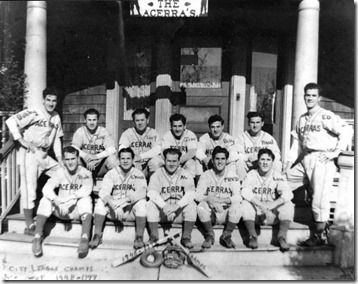"Mama, Papa!
Are you there?
Looking for them
everywhere.
Weeping, creeping
'cross the rug.
Teensy-weensy
ladybug."
Can he find his way home? Will he get the help he needs? Will he learn a lesson about his freewheeling, unconcerned ways?
If you want to know the answers to those quesions, you will have to read Michelle Meadows' endearing tale of a free-spirited mouse who loves to whirl and twirl, never really thinking about where he is, or where he's going. Itsy Bitsy Baby Mouse has a sudden revelation when he looks around after letting his tendency toward independence get the better of him. He does not recognize his surroundings and sets himself to wailing and wanting his home.
Following a ladybug might help him find the way. It's a long and arduous uphill climb that leads to the discovery that they are using a sleeping cat as their roadway. Yipes! Before the cat awakens, they get themselves away from there and rush headlong into an unfamiliar but friendly, older mouse. Itsy Bitsy can describe the house he has lost...and it seems the problem is solved.
Another perilous journey before he sees 'home' and is almost inside! Then, his imagination runs amok. Itsy Bitsy is terrrified. Luckily, Mama and Papa are right there to rescue him from his fears and to provide gentle reassurance.
The simple rhyme and rhythm of the text will make this a favorite story for little ones, and encourage their ability to hear similar sounds in words. Matthew Cordell uses watercolor and ink artwork to bring readers right into Itsy Bitsy's world. We get a clear 'mouse's-eye' view of the action as it takes place. He uses varying perspectives as well as a series of line dashes to show the journey taken, and humorous close-ups to show the changes in the character's reactions as the adventure plays out.
ATTENTION TO ALL WHO SUBSCRIBE BY EMAIL!!
2 years ago










































